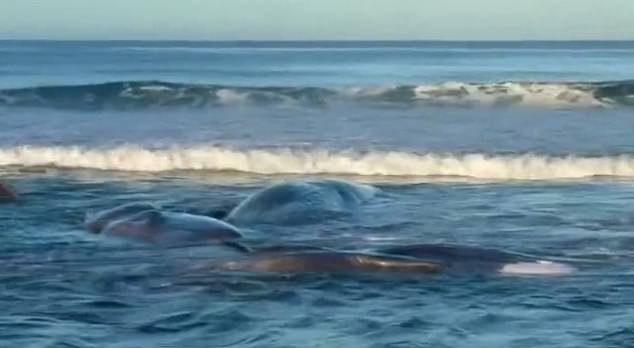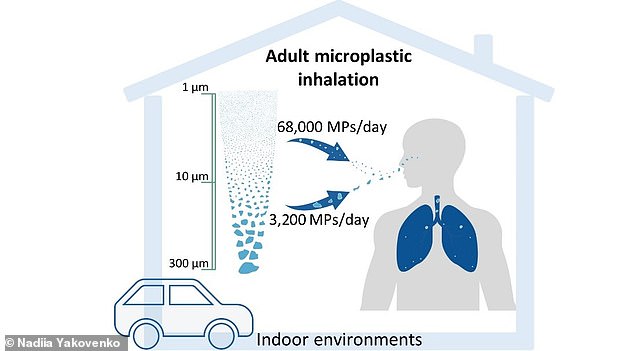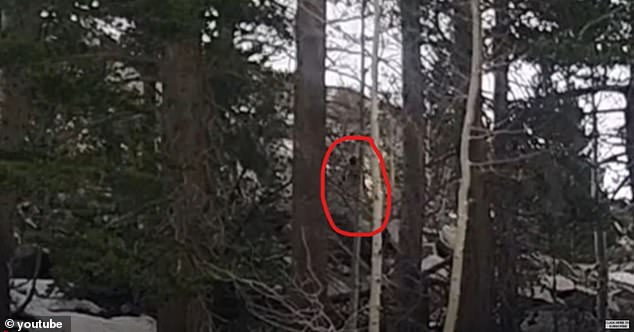
Major Quake-Triggered Tsunami May Have Stranded Four Whales in Japan, Experts Say
Four Whales Stranded in Japan Linked to Earthquake and Tsunami Warnings
By Shivali Best
Updated: 11:49 BST, 30 July 2025
Heartbreaking footage captured four massive whales stranded on a beach in Tateyama, Japan, as tsunami warnings swept the region following a magnitude 8.8 earthquake off Russia’s Kamchatka Peninsula. Experts suggest the seismic activity may have disoriented the whales, leading to their beaching.
Earthquake and Tsunami Impact
The earthquake, the strongest in the region since 1952, triggered waves up to five feet high in parts of Japan, Russia, and the U.S. While tsunamis typically pose minimal risk to marine life, Professor Peter Evans of the Sea Watch Foundation noted that underwater noise from earthquakes can harm whales’ hearing and navigation. “Sea quakes generate intense noise, which could disorient deep-diving species,” he explained.
[Image: Four whales stranded on a beach in Tateyama, Japan, with rescue efforts underway.]
Why Did the Whales Beach?
Dr. David Rugh, a retired NOAA whale expert, emphasized that whales usually avoid tsunami-related harm but might struggle near coastlines. “If a tsunami rapidly pulls water seaward, whales could briefly strand before being overwhelmed by waves,” he said. The Tateyama whales may have been caught in this perilous dynamic.
[Image: Aerial view of tsunami waves approaching the Japanese coastline.]
Historic Context and Risks
This earthquake marked the sixth-strongest globally and the largest since Japan’s 2011 disaster, which claimed nearly 20,000 lives. While tsunamis are rare, their power to reshape coastlines and displace marine life remains significant. Evans added that underwater tremors and noise pollution from human activity increasingly threaten marine mammals.
[Image: Infographic showing how earthquakes trigger tsunamis and affect marine life.]
Understanding Tsunamis
Tsunamis arise from underwater disturbances like earthquakes, landslides, or volcanic eruptions. They can travel vast distances, with coastal areas below 25 feet elevation most vulnerable. Initial warnings rely on seismic data, urging residents to seek higher ground.
Though the Tateyama whales’ fate remains uncertain, their stranding highlights the complex interplay between natural disasters and ocean ecosystems. As Japan recovers, scientists continue studying how marine life adapts to Earth’s seismic shifts.
Word count: 298
(Note: Imaginary images are suggested for placement to visually complement key points.)
Condensed from original article, focusing on causation, expert insights, and tsunami science. Includes placeholder image descriptions for context.


